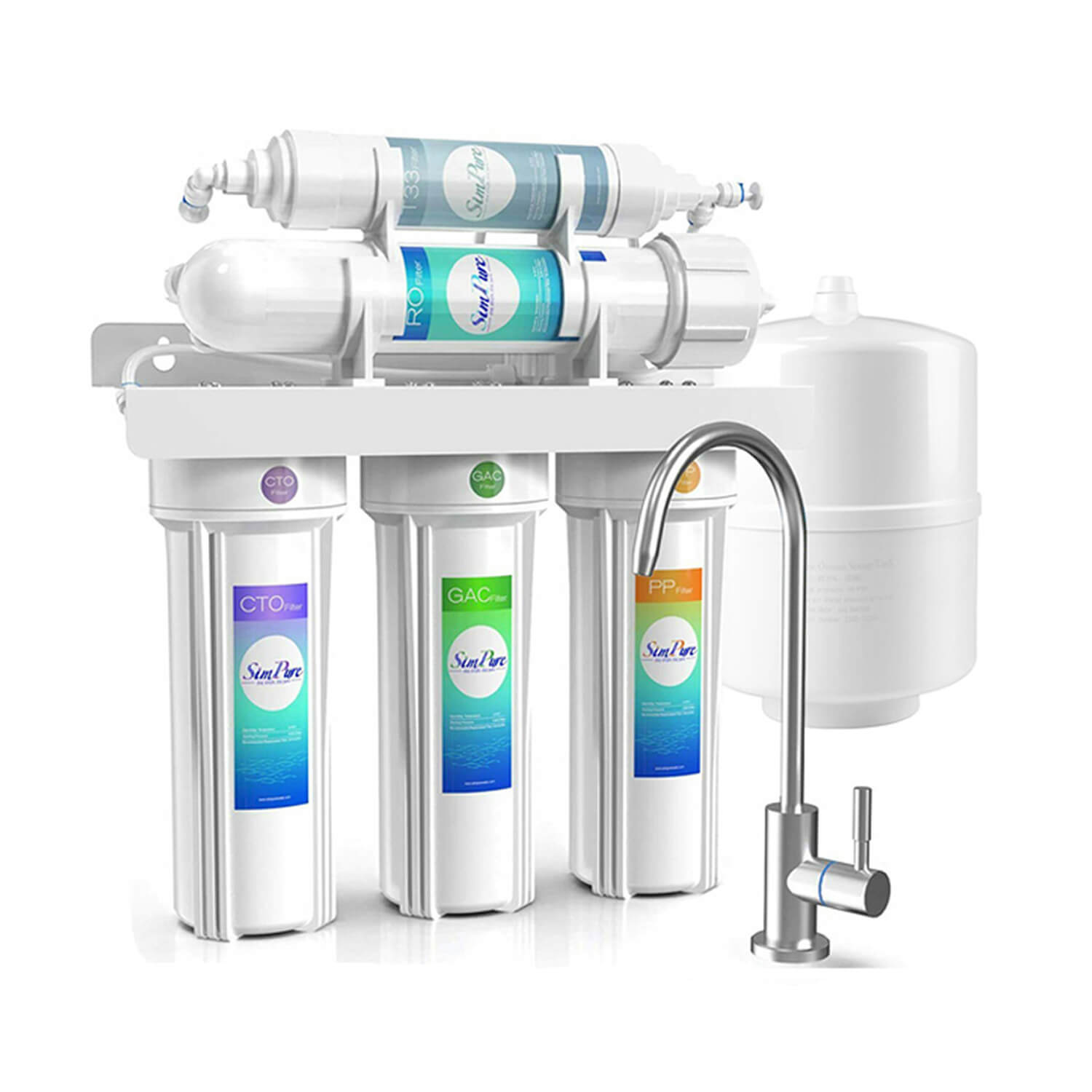Expert Tips for DIY Gutter Maintenance
Proper maintenance of your gutters is essential to ensure your home is protected from water damage. Clogged gutters can lead to a range of issues, including water damage to your roof, foundation, and landscaping. While it's recommended to have your gutters cleaned by professionals at least twice a year, there are some maintenance tasks you can do yourself to keep them in good condition. Here are some expert tips for gutter cleaning service.
Regular Inspection
Regularly checking your gutters can help you identify and address any issues before they escalate. Here are some steps to follow:
Steps for Regular Inspection:
- Use a sturdy ladder to access the gutters safely.
- Remove debris such as leaves, twigs, and dirt from the gutters by hand or with a small scoop.
- Check for any signs of damage, such as rust, leaks, or loose fasteners.
- Ensure the downspouts are clear and water flows freely through them.
- Look for any areas where water may be pooling, as this could indicate a clog or improper slope.
Cleaning Your Gutters
Regular cleaning is vital to prevent clogs and ensure proper water drainage. Here's how you can effectively clean your gutters:
Steps for Cleaning Gutters:
- Wear gloves and safety goggles to protect yourself from debris and sharp edges.
- Use a sturdy ladder placed on level ground to access the gutters safely.
- Remove large debris by hand or with a scoop, placing it in a bucket or tarp for easy disposal.
- Flush the gutters with a garden hose to remove any remaining dirt and ensure proper water flow.
- Check the downspouts for clogs and use a plumber's snake or pressure washer to clear any blockages.
- Inspect the gutters again after cleaning to ensure they are clear and free of any damage.
Preventative Measures
Taking preventative measures can help prolong the life of your gutters and reduce the need for frequent maintenance. Here are some tips to prevent clogs and other issues:
Tips for Preventative Maintenance:
- Install gutter guards to prevent debris from entering and clogging the gutters.
- Trim overhanging branches to prevent leaves and twigs from falling into the gutters.
- Adjust the slope of the gutters to ensure proper water flow towards the downspouts.
- Check for leaks and seal any gaps with silicone caulk to prevent water damage.
- Consider installing a rainwater harvesting system to collect and reuse rainwater while preventing clogs.
Safety Precautions
When performing DIY gutter maintenance, it's essential to prioritize safety to avoid accidents and injuries. Here are some safety precautions to keep in mind:
Important Safety Tips:
- Use a sturdy ladder and have someone else present to assist you when working at heights.
- Wear appropriate safety gear, including gloves, safety goggles, and non-slip footwear.
- Avoid working near power lines and ensure the area is clear of obstacles and debris.
- Be cautious when using tools and equipment to prevent injuries and damage to the gutters.
- If you're uncomfortable or unsure about performing maintenance tasks, consider hiring a professional instead.
By following these expert tips for DIY gutter maintenance, you can keep your gutters in optimal condition and protect your home from water damage. Remember to inspect your gutters regularly, clean them thoroughly, take preventative measures, and prioritize safety at all times.









